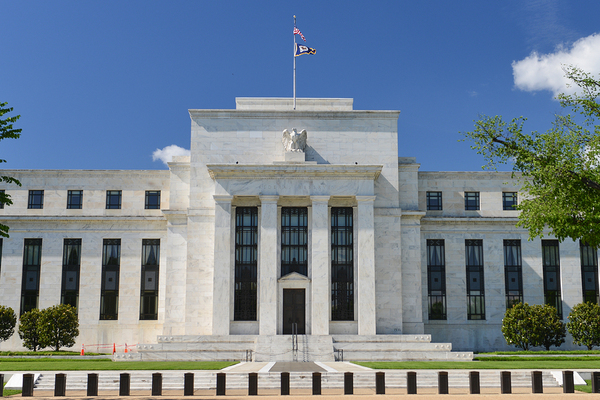View Sale Announcement Detail


Archived news
Excerpt: The Fed is mulling over the idea of letting inflation go over the 2 percent target more often while dealing with the real possibility that interest rates will continue to hover around historic lows.
Post:
 The Federal Reserve is looking for more flexibility as it deals with the continued low interest rates.
The Federal Reserve is looking for more flexibility as it deals with the continued low interest rates.
With interest rates continuing to remain near historic lows, the Federal Reserve is trying to decide whether or not to allow inflation to go above the 2 percent target more frequently.
In fact, the benchmark short-term rate could rise to a mere 2.25 to 2.5 percent. With such low rates, that leaves the Fed with little wiggle room to slash rates should an economic downturn hit. It could also increase the odds that rates might linger at near-zero levels if and when a recession hits.
As such, the central bank is deliberating about whether or not to increase inflation if rates through the current cycle won't climb much further than where they're already at.
Since 2012, the Federal Reserve has been undershooting its inflation target of 2 percent. While low inflation has its obvious benefits to businesses and households, modest inflation also comes with its perks; namely, it drives consumption, stimulates healthy consumer spending, and sparks economic growth.
But there are concerns about the consistent level of inflation below the 2 percent target level, even though the original policy set forth by the Fed in 2012 was designed to target around the 2-percent-mark, not necessarily as a cap. Sometimes the rate can be slightly under 2 percent, and sometimes it can be just over it.
Yet since the policy came into effect in 2012, the rate has persistently been under this target.
As Americans begin to anticipate continued lagging inflation, a conversation needs to be had about reassessing the foundation of inflation targeting.
But rather than increasing the inflation target rate of 2 percent, the Fed is instead seeking to better attain their goals on a symmetric basis rather than with a ceiling effect. Making certain changes could have a positive effect on monetary policies during an economic slump.
Right now, the Fed employs an approach of forgetting past issues when dealing with inflation targets, regardless of what may have happened the year prior. But some officials are considering different approaches.
 Inflation rates have failed to hit the 2 percent target since the Fed introduced its target policy in 2012.
Inflation rates have failed to hit the 2 percent target since the Fed introduced its target policy in 2012.
One involves a price-level target, which would allow the Fed to react appropriately with what may have previously occurred. For instance, if the inflation target undershot this year, the Fed could attempt to make up for lost ground the following year.
Another approach would involve targeting a 2 percent inflation rate on average over the business cycle. With this framework, inflation would have to overshoot the 2 percent mark during more prosperous economic times in an effort to make up for anticipated shortcoming during economic dips.
This tactic may be a more attractive option compared to the price-level target approach because it would be less complex and easier to communicate. Up to now, the Fed hasn't really explained whether or not that's the type of approach they're following.
Others feel that the current approach is working.
Regardless of what the Fed decides to do and where inflation and interest rates head, lenders and financial institutions need to hedge against any potential effects that an increase in inflation could have on their loan portfolios. As such, teaming up with a sound loan sale advisor like Garnet Capital can be the right partnership to have during both times of economic prosperity and downturns.
To stay abreast of the ongoings of inflation and how it can impact the lending sphere, sign up for our newsletter today.

